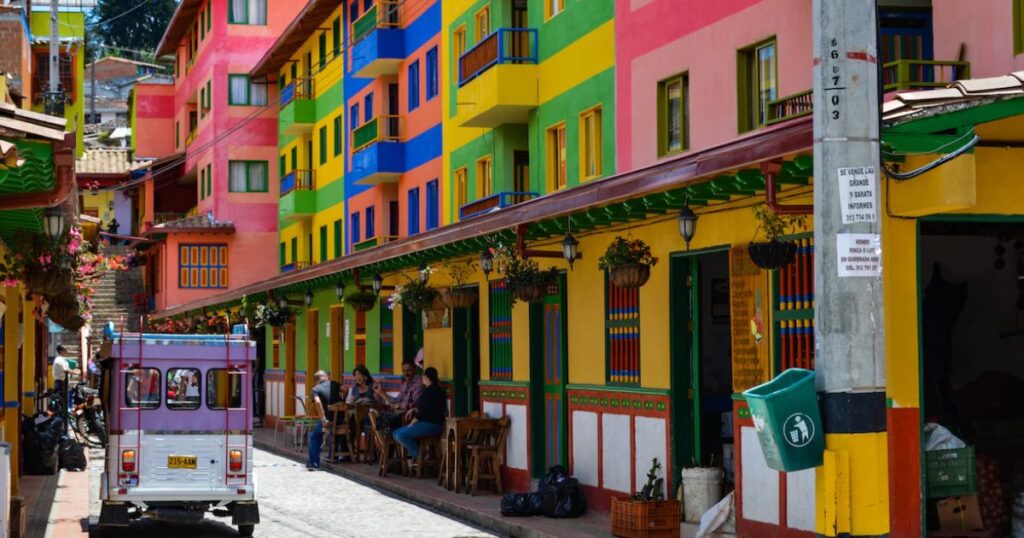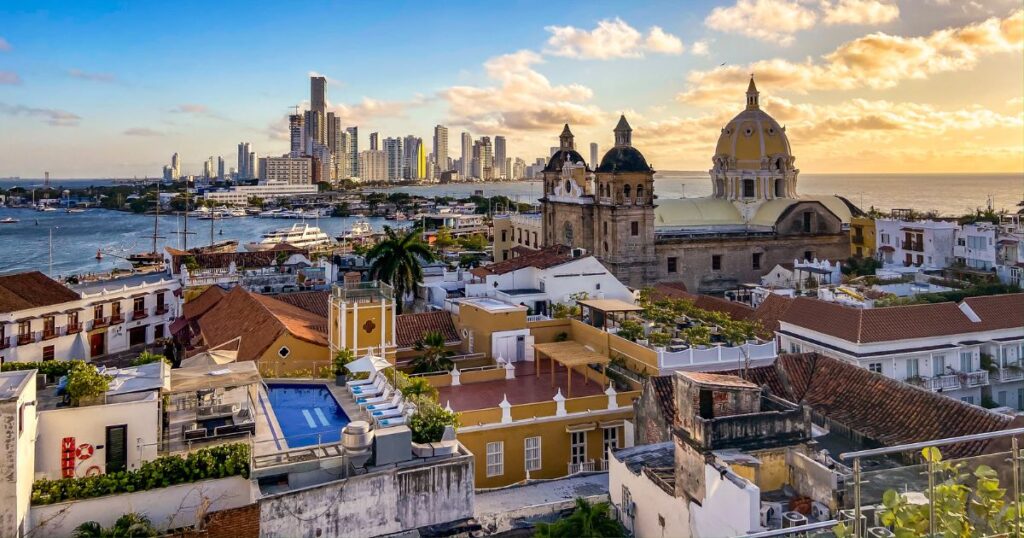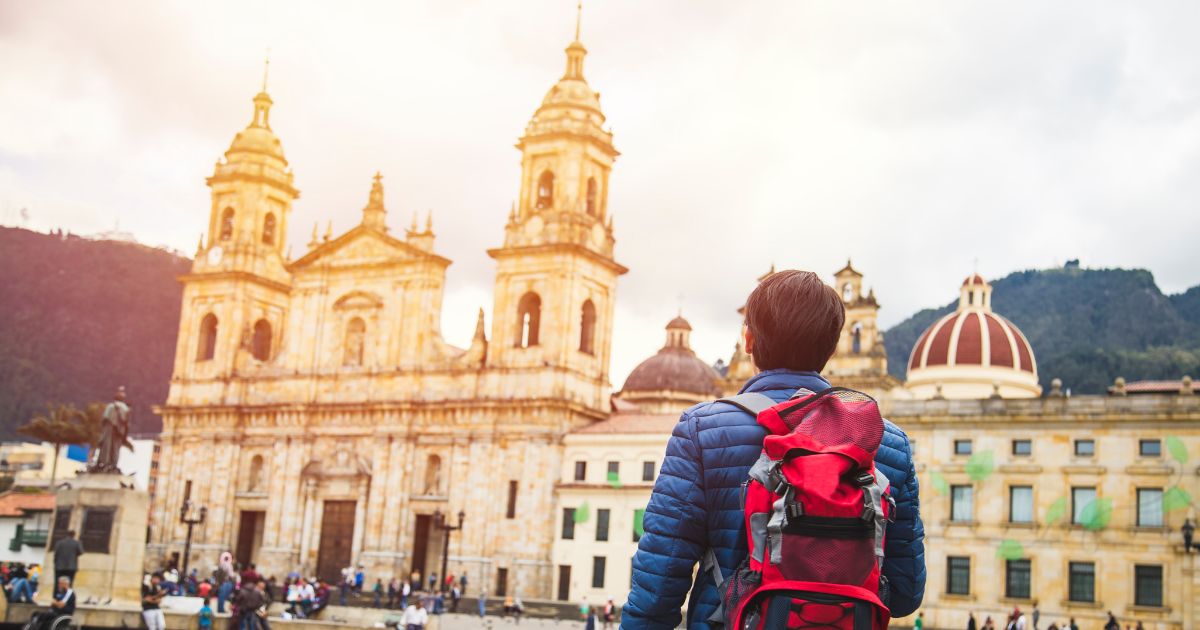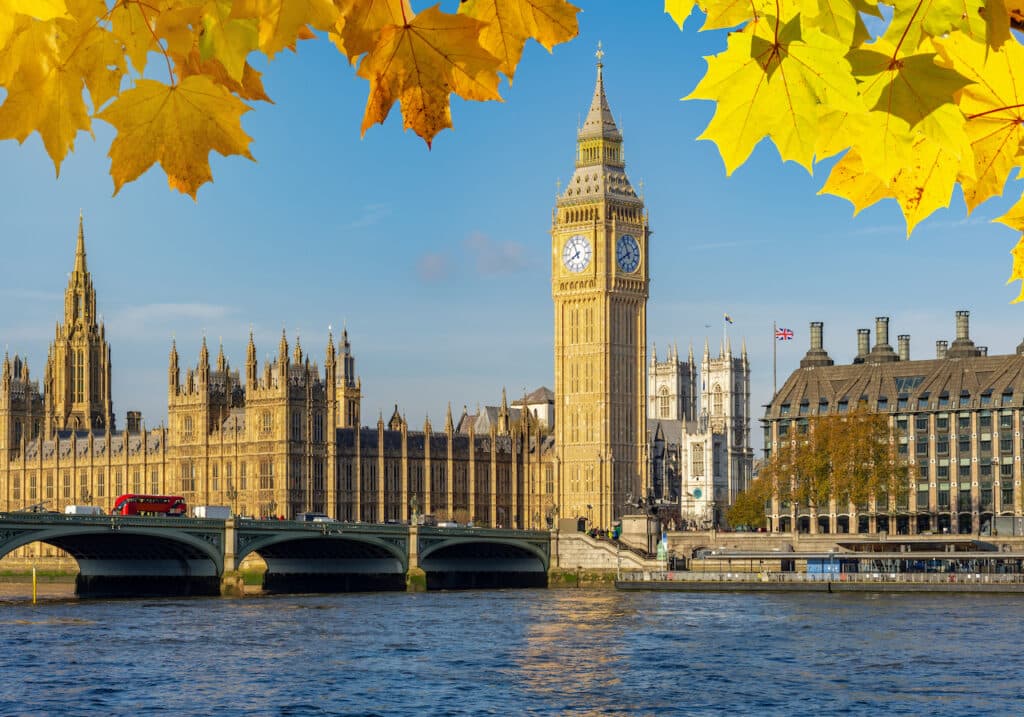In recent years, Colombia has become one of the hottest global destinations for digital nomads.1 And with beautiful and diverse landscapes, charming cities and towns, a low cost of living, and a newly-launched digital nomad visa, it’s not hard to see why.
Whether you want to learn Spanish, enjoy the tropical climate, or just explore one of the most enchanting countries in South America, Colombia could be the perfect fit for you. But what is Colombia’s digital nomad visa and how do you apply? We’ll answer those questions and more below.
Snapshot of expat life in Colombia
- Population: 51.52 million
- Capital city: Bogotá
- Currency: Colombian Peso
- Official language: Spanish
- Top cities for expats: Medellín, Bogotá, Cartagena, Barranquilla, Bucaramanga
- Approximate # of American expats: 60,000
- School-year calendar: February to November
- Best time to move abroad: December to March
The Colombia digital nomad visa in context
At the beginning of the COVID-19 pandemic, worldwide travel — including in Colombia — came to a near standstill. As the situation improved over time, however, travel gradually picked up — especially among those with the newfound freedom to work remotely. Colombia’s government saw an opportunity in remote workers like these who could stimulate the economy on an ongoing basis without adding competition to the local job market.
The government began discussing a digital nomad visa in March 2020 and officially greenlit the project in October 2022. In January 2023, the visa officially went live.2

How to obtain the Colombia digital nomad visa
It’s relatively easy to be eligible for Colombia’s digital nomad visa — you need to be employed by a company outside of Colombia and earn a minimum of Col$3 million (about $650 USD) per month.
Visa requirements & duration
To successfully apply for the Colombian digital nomad visa, you need the following documents:
- A letter or contract from your (non-Colombian) employer confirming your employment and salary (Note: Entrepreneurs must write a “motivation letter” detailing their plans)
- Valid passport & copy
- Bank statements proving a monthly income of at least Col$3 million (~$650 USD) for the last three months
- Proof of health insurance for the visa’s entire duration
- Passport-size photo
You can stay in Colombia for up to two years on a digital nomad visa.4
Health insurance for digital nomads in Colombia
Your health insurance must cover accidents, illnesses, maternity, disability, hospitalization, and death/repatriation. You can buy health insurance from a private company in Colombia, or from a company that specializes in offering health insurance for digital nomads, like SafetyWing.
Expats in Colombia: Best places to live

There are many great places in Colombia, but the cities below have all emerged as digital nomad hotspots.
Medellín
Medellín is the second-largest city in Colombia, but probably the biggest digital nomad hub. It’s known for its mild year-round weather, innovative spirit, lively nightlife, and colorful surrounding pueblos (villages).
How much does it cost to live in Medellín?
Here are the average prices of some common expenses in Medellín, according to Numbeo:5
- Monthly rent: Col$1,492,337 (~$322 USD) for a one-bedroom apartment in the center
- Utility bills: Col$284,988 (~$62 USD) per month
- Meal for 2: Col$100,000 (~$22 USD) at a mid-range restaurant
Bogotá
Bogotá is the largest city and capital of Colombia, known for its cultural scene, stunning mountain views, and excellent cuisine.
How much does it cost to live in Bogotá?
Here are the average prices of some common expenses in Bogotá, according to Numbeo:6
- Monthly rent: Col$1,521,702 (~$329 USD) for a one-bedroom apartment in the center
- Utility bills: Col$325,924 (~$70 USD) per month
- Meal for 2: Col$90,000 (~$19 USD) at a mid-range restaurant
Cartagena
Cartagena, a northern coastal city, is known for its beaches, salsa dancing, and colorful buildings.
How much does it cost to live in Cartagena?
Here are the average prices of some common expenses in Cartagena, according to Numbeo:7
- Monthly rent: Col$2,212,741 (~$477 USD) for a one-bedroom apartment in the center
- Utility bills: Col$535,761 (~$116 USD) per month
- Meal for 2: Col$90,000 (~$19 USD) at a mid-range restaurant
Barranquilla
Located just 83 miles Northeast of Cartagena, Barranquilla is a bustling port city known for its famous Carnival celebration, literary history, and cumbia dancing.
How much does it cost to live in Barranquilla?
Here are the average prices of some common expenses in Barranquilla, according to Numbeo:8
- Monthly rent: Col$923,293 (~$199 USD) for a one-bedroom apartment in the center
- Utility bills: Col$387,807 (~$84 USD) per month
- Meal for 2: Col$80,000 (~$17 USD) at a mid-range restaurant
Bucaramanga
Bucaramanga is a city located in North-Central Colombia known for its parks and green spaces, universities, and adventure sports like paragliding, bungee jumping, and river rafting.
How much does it cost to live in Bucaramanga?
Here are the average prices of some common expenses in Bucaramanga, according to Numbeo:9
- Monthly rent: Col$764,286 (~$165 USD) for a one-bedroom apartment in the center
- Utility bills: Col$233,000 (~$50 USD) per month
- Meal for 2: Col$60,000 (~$13 USD) at a mid-range restaurant
Digital nomad life in Colombia

What to do in Colombia
There’s no shortage of sites to see, places to go, and things to do in Colombia. Some highlights include:
- Touring coffee plantations in the Coffee Axis region
- Visiting the Catedral de Sal de Zipaquirá, a cathedral located in an underground salt mine
- Exploring national parks like Tayrona, Serranía de la Macarena, & Chiribiquete
- Going island hopping off the Caribbean coast
- Discovering ancient ruins in San Agustín Archaeological Park & Ciudad Perdida (“Lost City”)
- Visiting museums like the National Museum, Gold Museum, & Museum of Antioquia
- Celebrating Carnaval in Barranquilla
- Checking out natural wonders like the El Totumo mud volcano, La Cueva del Esplendor (“The Cave of Splendor”), & the rainbow river of Caño Cristales
Expat community in Colombia: How to find your people
It’s normal to feel a bit lonely when you first move to another country, but between the friendly locals and the large expat community in Colombia, you’ll be making new friends in no time. A few ideas to get you started:
- Move into a co-living space
- Work from a coworking space
- Stay in a social hostel
- Take classes (e.g. Spanish, salsa dancing, cooking, etc.)
- Attend events on Meetup & Couchsurfing
- Join local expat groups on Facebook
- Attend a language exchange or use a language exchange app
- Volunteer in your community
Moving to Colombia
To start this new chapter of your life off right, you’ll want to be prepared — so before you leave the US, make sure that you:
- Gather all of your key documents (passport, visa, plane tickets, etc.)
- Book accommodations for your arrival
- Go to your doctor’s to request a copy of your medical records, stock up on any prescriptions you take, and get any vaccines you might need
- Pack your bags with the help of a list10; donate, store, or ship the items you won’t bring
- Cancel any subscriptions/services you won’t need anymore (e.g. internet, newspaper subscriptions)
- If you’ll be bringing a pet, gather the necessary documentation11
- Look up options for banking & cellphone plans in Colombia
- Set up a forwarding address for your mail
- Notify your US bank of your travels so foreign purchases aren’t flagged as suspicious
- Brush up on some basic Spanish
Colombia digital nomad taxes
Digital nomads will become tax residents of Colombia if they stay in the country for more than 183 days of the year.12 That said, while the Colombia digital nomad is valid for two years, there is no requirement to live in the country for that entire period of time. Therefore, it is possible to obtain a digital nomad visa to live and work remotely from Colombia without owing Colombian tax – but you must reside in the country for less than 183 days.
VAT in Colombia
One tax you will encounter in Colombia is the value-added tax (VAT) — the tax added to most goods and services — referred to locally as IVA. The standard rate is 19%, although there are reduced rates available:
- 5% IVA: Agricultural equipment and goods, electric/hybrid vehicles, etc.
- 0% IVA: Basic foods (e.g. meat, eggs, dairy), internet services (for low to mid-income customers)
- Exempt from IVA: Public transportation, utilities13
Do American digital nomads in Colombia have to pay US taxes?
Yes, all US citizens and permanent residents must file US tax returns as long as they meet the minimum income reporting threshold. Some tax requirements and breaks that expats should know include:
- Foreign Earned Income Exclusion (FEIE): Allows you to exclude up to $120,000 (for tax year 2023) of foreign-earned income from taxation and write off qualified housing expenses via the Foreign Housing Exclusion
- Foreign Tax Credit (FTC): Allows you to subtract what you’ve paid in foreign income taxes from what you owe the US government
- Foreign Bank Account Report (FBAR): Requires anyone with over $10,000 in foreign accounts to file FinCEN Report 114
- Child Tax Credit (CTC): Allows you to claim up to $1,500 in partially-refundable credits for each of your qualifying dependents
- Foreign Account Tax Compliance Act (FATCA): Requires anyone with over $200,000 in foreign assets on the last day of the tax year — or over $300,000 at any point in the year — to file Form 8938. (These thresholds vary for those residing in the US.)
Digital Nomad in Colombia FAQs
-
Is Colombia safe for digital nomads?
Colombia may have a checkered reputation when it comes to safety, but it has improved greatly over the last couple of decades3. That being said, it’s still important to exercise caution by sticking to safe areas, keeping a low profile, staying away from drugs and excessive drinking, avoiding walking alone at night, etc.
-
Is Colombia a friendly country for digital nomads?
Yes! The vast majority of Colombians are kind and welcoming — in fact, they’re well known for their friendliness and hospitality. If you’re nice, polite, and learn some Spanish, you should get along just fine.
-
What’s the official Colombia language & currency?
Colombia’s official language is Spanish, with 65 indigenous languages used in certain regions as well. English may be spoken in areas with more tourism, but overall, proficiency is quite low — around 3-4% — so learning Spanish will definitely make your day-to-day life easier.
The official currency of Colombia is the Colombian Peso (COP). $1 USD is equal to roughly Col$4,663.12.

 Connect on LinkedIn
Connect on LinkedIn





